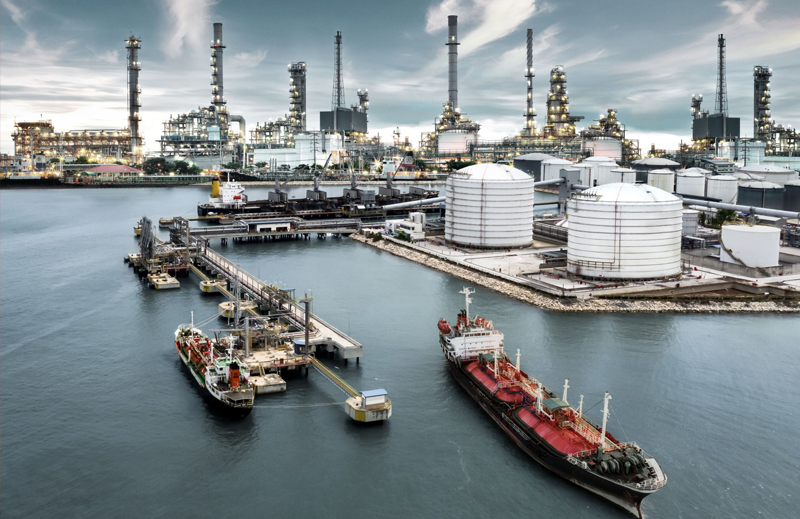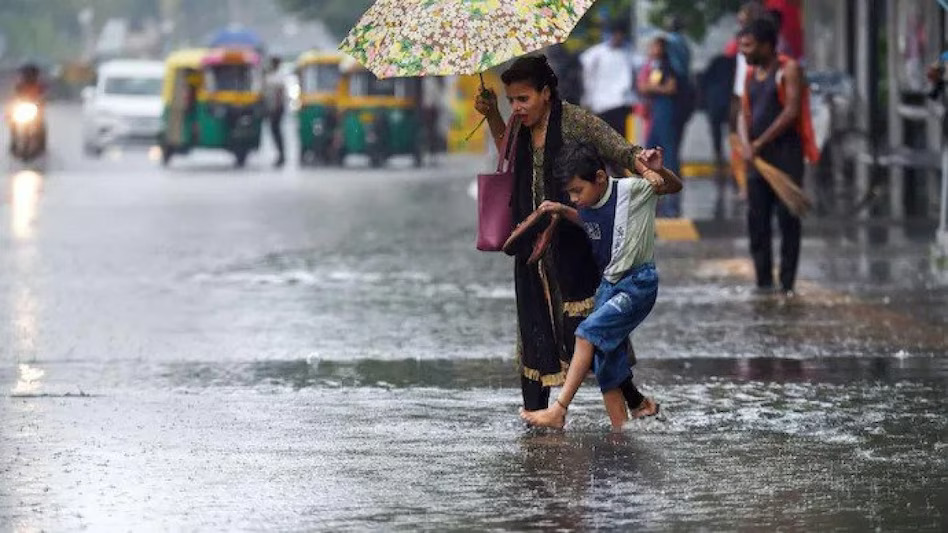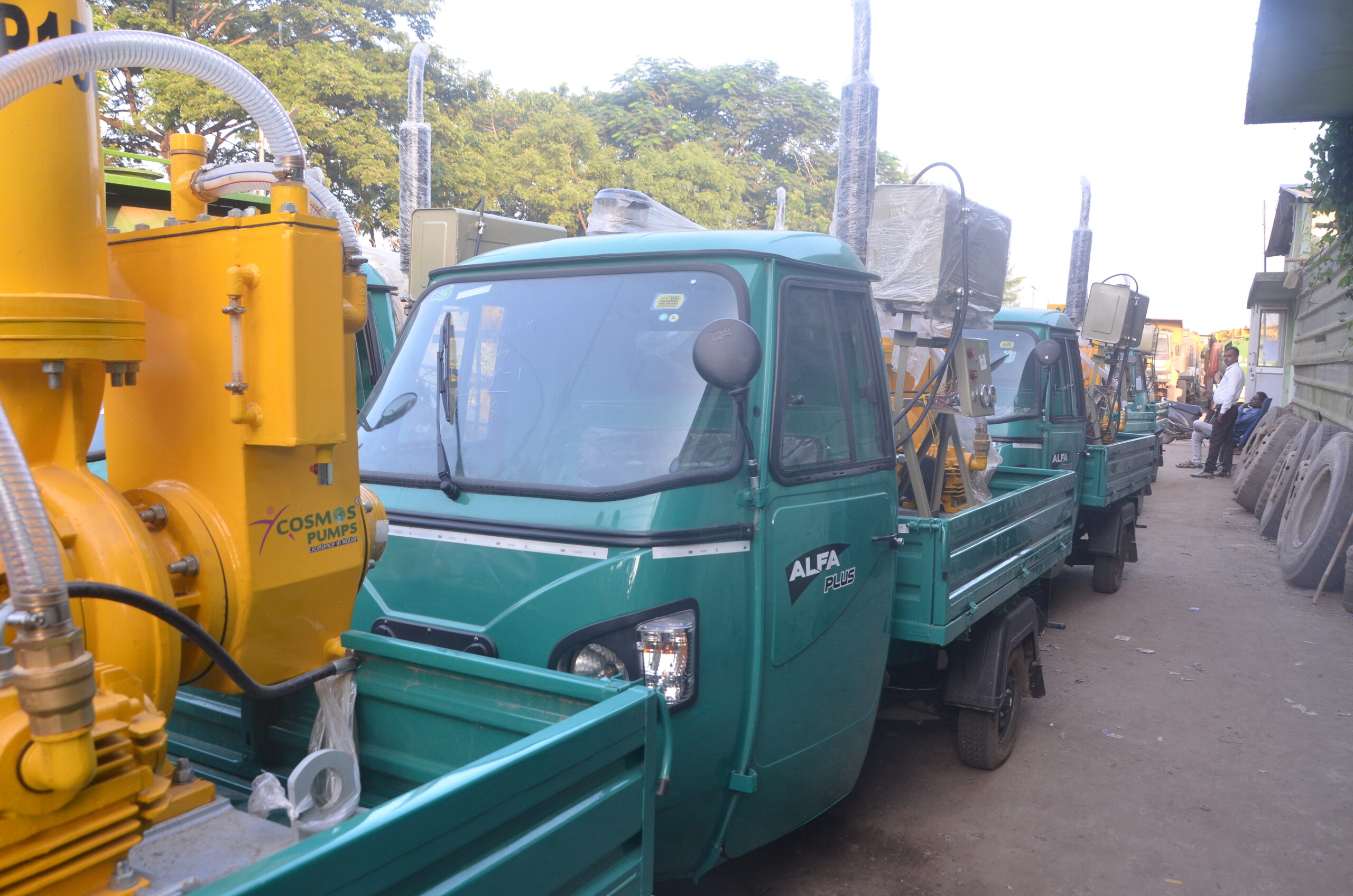Overcoming Subterranean Water Challenges
The Problem:
Excessive water seepage at the Construction area on Bhagirathi river banks due to porous base of countless stones, compounded with heavy snowfall posed a significant challenge in dewatering.
Impact:
Excessive seepage and snowmelt in the Badrinath Valley severely impact construction by causing delays, increasing costs, and compromising structural stability. The porous stone base, unstable ground, and environmental risks necessitate continuous dewatering and specialized engineering solutions for safe and sustainable progress.
Pumps Used:
8 Autoprime CAP 150H without Canopy small trolley EW
Objectives:

Ensure Effective Dewatering Solutions

Timely Construction

Minimize Construction Delays and Costs

Promote Safety and Environmental Sustainability




